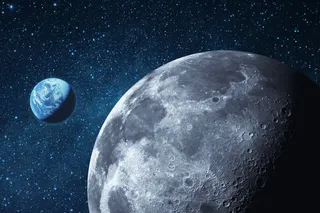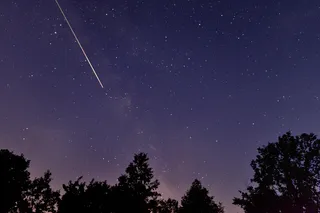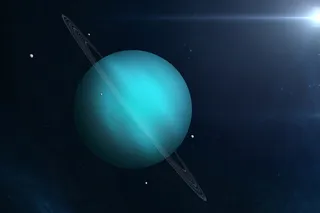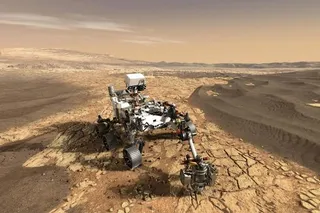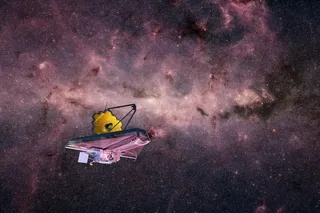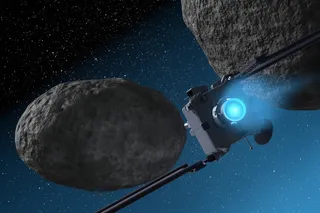It's a case of actual science passing into the realm of myth. What began as an amazing astronomical affair is now an annoying astronomical aftermath. It's the "Opposition of Mars this coming August 27th." Perhaps you got the email? Well the situation is like this... Every 26 months Mars and Earth are in opposition, meaning
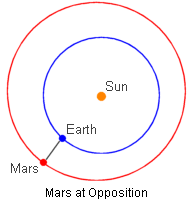
that you could draw a (nearly) straight line between the Sun, Earth, and Mars. Although Earth's orbit is not a perfect circle, if you could see one entire orbit, traced out over an entire year, you would be hard-pressed to tell that it wasn't a perfect circle. The same can not be said for Mars. Mars has a nontrivial orbital eccentricity -- where the term "eccentricity" is a measure of how "out-of-round" an orbit is. So if you could see the orbits of both Earth and Mars traced out, it would look a little like a hard-boiled egg cut down its long axis. Owing to a physical law called Kepler's Third Law of Orbital Motion, Earth makes a full orbit in about half the time as does Mars, so although they line up every 26 months, they line up at different points in their respective orbits. Sometimes, at opposition, they're much closer than others. Every year, though, many of us get THAT email -- the one that proclaims that Mars will be big and bright in the sky "this August 27th." This year I even got the text below immersed within a gorgeously illustrated PowerPoint document:
The Red Planet is about to be spectacular! This month and next, Earth is catching up with Mars in an encounter that will culminate in the closest approach between the two planets in recorded history. The next time Mars may come this close is in 2287. Due to the way Jupiter's gravity tugs on Mars and perturbs its orbit, astronomers can only be certain that Mars has not come this close to Earth in the Last 5,000 years, but it may be as long as 60,000 years before it happens again. The encounter will culminate on August 27th when Mars comes to within 34,649,589 miles of Earth and will be (next to the moon) the brightest object in the night sky. It will attain a magnitude of -2.9 and will appear 25.11 arcseconds wide. At a modest 75-power magnification Mars will look as large as the full moon to the naked eye. Mars will be easy to spot. At the beginning of August it will rise in the east at 10 p.m. and reach its azimuth at about 3 a.m. By the end of August when the two planets are closest, Mars will rise at nightfall and reach its highest point in the sky at 12:30 a.m. That's pretty convenient to see something that no human being has seen in recorded history. So, mark your calendar at the beginning of August to see Mars grow progressively brighter and brighter throughout the month. Share this with your children and grandchildren. NO ONE ALIVE TODAY WILL EVER SEE THIS AGAIN.
Well, one part of the above is true -- NO ONE ALIVE TODAY WILL EVER SEE THIS AGAIN: IT WAS AUGUST 27, 2003!!! NASA posted a page describing the geometry of the event back in 2003, and snopes.com, the urban legend-busting site, even has an entry. Mars WAS spectacular in 2003. It WAS extra bright. It WAS fascinating seeing the bright red planet pass near to the bright red star Antares, thus affirming how this star got its name (Antares means "competitor of Mars"). The continued yearly emails are like getting repeated invitations to the "Astronomical Party of the Year" -- one that has come and gone several years ago. Pass the word; crush the opposition. Image courtesy of NASA.


